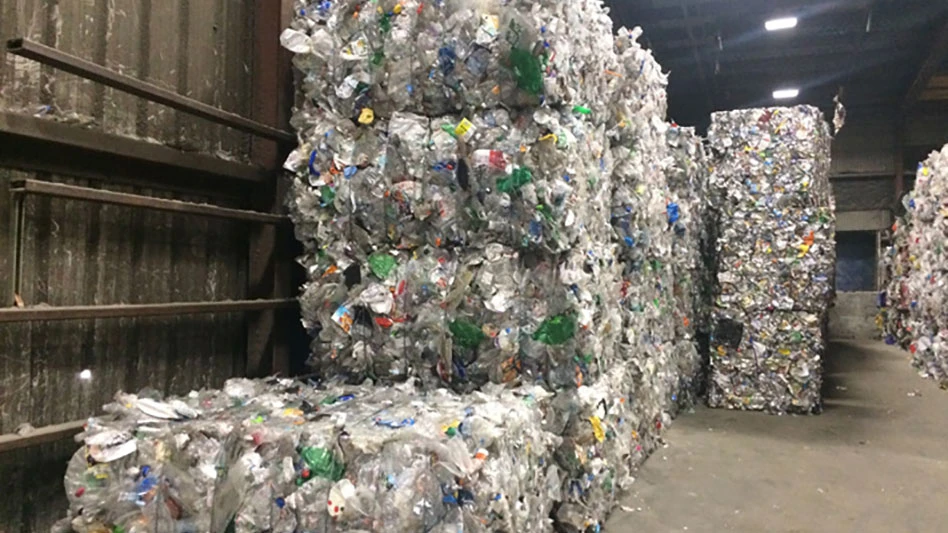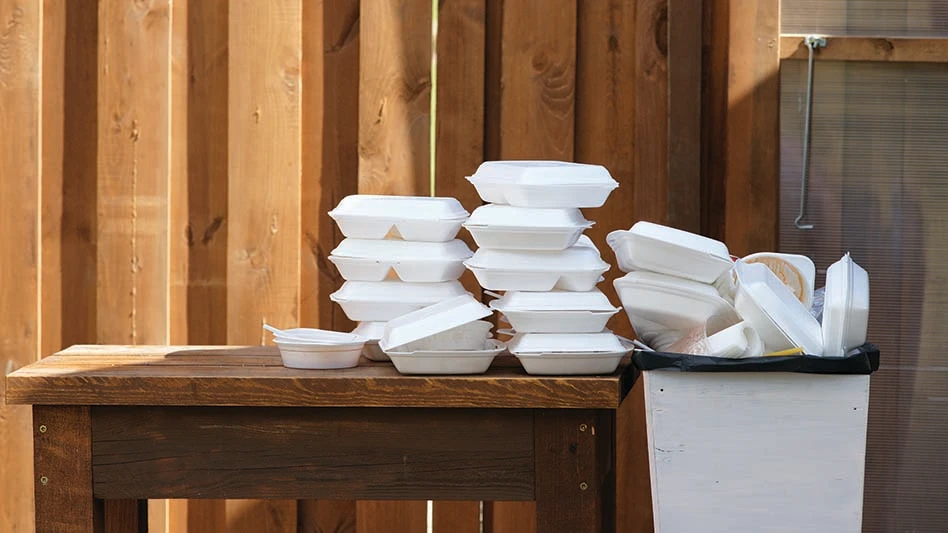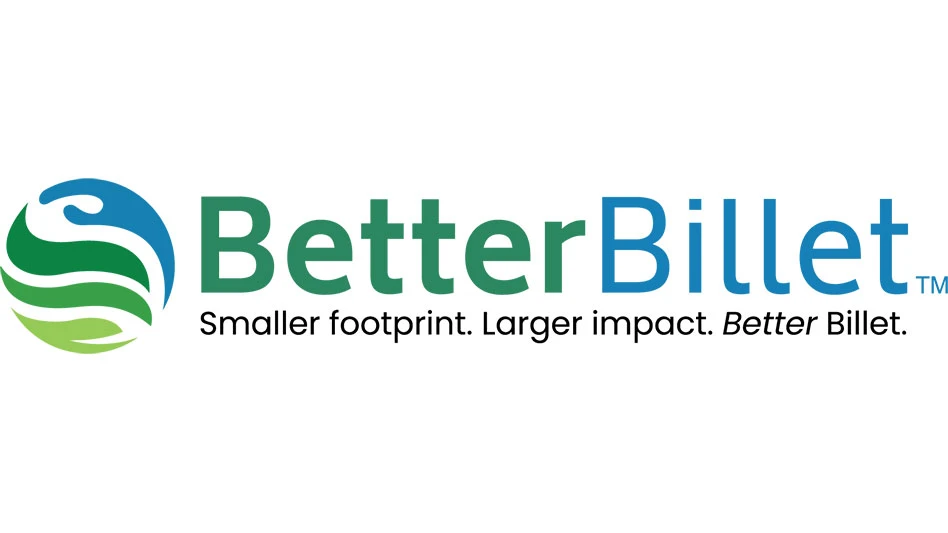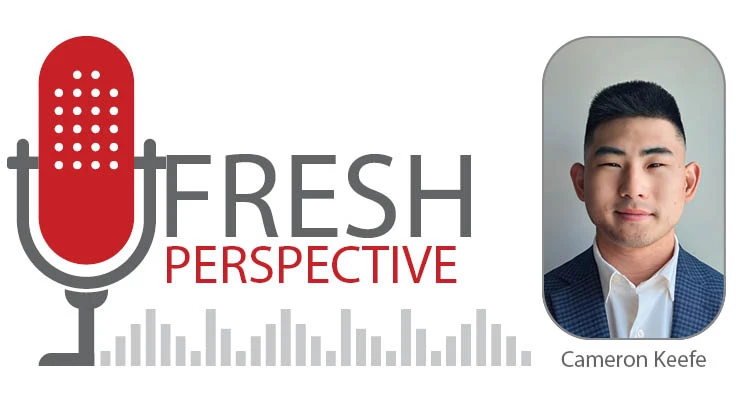
Photo courtesy of Recycle Ann Arbor
The success of environmental conservationism teach-ins at the University of Michigan prompted a group of community members to form Recycle Ann Arbor (RAA). The nonprofit’s goals are to reduce waste through education, promote outreach and reuse programs and ensure recyclables are in fact recycled. This zero-waste approach has informed the organization in everything it has done for more than 40 years—including a $7.25-million overhaul of a material recovery facility (MRF).
“What we’re trying to do is honor the material as it goes completely through the facility,” says RAA CEO Bryan Ukena. “This means how we handle the material collection, how it's run through the facility and how we treat the people processing the material.”
Local processing
Before the facility opened, Ann Arbor and the surrounding communities transferred recyclables to a Cincinnati facility owned by Rumpke Waste & Recycling for about four years.
The original MRF, which formerly was operated by Charlotte, North Carolina-based ReCommunity, which Phoenix-based Republic Services acquired in 2017, fell into disrepair. It was closed in 2016 because of safety concerns stemming from the status of the equipment. Instead, the site was operated as a transfer point between the community and the processing facility.
The updated facility was funded in part by an $800,000 grant from Michigan’s Department of Environment, Great Lakes, and Energy (EGLE). In addition to the grant, RAA raised $5.1 million in private funds from Level One Bank, Farmington Hills, Michigan, and $800,000 from Closed Loop Partners, New York, to finance the project.
RAA partnered with Machinex, based in Plessissville, Quebec, to design its new processing system. RAA chose Machinex because Ukena had worked with the company on four other facilities and knew Machinex had experience retrofitting existing facilities. Work on the MRF took about a year to complete, and it officially opened Dec. 1, 2021.
The facility is 55,000 square feet and has about 30 employees. It recovers mixed-color high-density polyethylene (HDPE) bottles, natural HDPE bottles, aluminum cans, steel cans, mixed paper, polyethylene terephthalate bottles, old corrugated containers (OCC) and glass. Ukena says MRF is designed to be a regional hub that can process 34,000 tons annually with a single shift.
The MRF primarily serves the city of Ann Arbor under a 10-year contract. However, It also processes materials from Ypsilanti, Michigan, and the surrounding area. These cities previously shipped recyclables out of state for sorting or cut back their municipal recycling programs. Currently, RAA’s MRF takes in about 24,000 tons per month, and 91 percent of that material gets recycled, Ukena says.
End-to-end sustainability
Ukena says the driving force behind the MRF is its goal of zero-waste output at every stage of processing. Its physical redesign and operating strategy are driven by a zero-waste ethic to rebuild a credible, transparent recycling system.
“We call it a zero-waste MRF as opposed to just a traditional integrated waste management,” Ukena says. “An integrated waste management MRF is just one that tries to process as much material as it can. Production and revenues are key [in those facilities].”
Ukena says the MRF prioritizes mitigating climate change, protecting the health of the workers on the line and preserving valuable resources alongside maintaining long-term financial viability. This means RAA considers how the material is collected, how it’s processed and how it can capture as much of the residual materials for reuse.
The organization’s zero-waste principles began in the design process when RAA required Machinex to build around a two-ram baler from Harris, Cordele, Georgia and a glass breaker screen from CP Group of San Diego that the organization wanted to reuse. Machinex designed the MRF to have double the sorting capabilities, so the end product is the best quality.
“We want to take the material to its highest value and best use,” Ukena says. “We want to make sure it has the chance for it to get recycled again and again.”
The material is dumped on the southeast side of the facility and then loaded into a surge hopper and metering drum. It then goes to a presort house to remove hazardous items, such as lithium-ion batteries, plastic film and small appliances. Ukena says the house is fitted with climate control and air filtration, so the sorters aren’t subjected to harsh conditions while working.
Next, the material encounters an OCC screen, which removes large pieces of cardboard, and goes into the glass breaker. Once the glass has been removed, the remaining material is fed to two ballistic separators that separate two-dimensional material from three-dimensional material. The three-dimensional material then encounters an overhead magnet, which captures ferrous material, and an eddy current separator that recovers the aluminum. The material is then optically sorted to recover PET.
On the paper line, workers sort the remaining OCC from the mixed paper.
The sorted materials are placed into one of five bunkers that feed an in-ground conveyor that takes the material to the two-ram baler.
Ukena says RAA will open some of the bales produced to ensure they are of the highest quality possible.
RAA takes a community-based approach to the end markets it sells the recovered recyclables to. The organization says it works to keep the material as local as possible, so it helps fund jobs and keeps money in the community.
“We try to tighten our footprint as much as we can about where we go with stuff,” Ukena says. “We don't send it overseas. For example, our paper markets are 180 miles away and Wapakoneta, Ohio, where there is a tree-free mill that only uses recycled content.”
One of the ways the organization chooses its consuming customers is based on how each facility supports its workers and local community. RAA also takes into consideration how a facility manages material.
Sponsored Content
Redefining Wire Processing Standards
In nonferrous wire and cable processing, SWEED balances proven performance with ongoing innovation. From standard systems to tailored solutions, we focus on efficient recovery and practical design. By continually refining our equipment and introducing new technology, we quietly shape the industry—one advancement at a time.
“We can't always [sell to consumers that support our commodities],” Ukena says. “This is a business, you know, but we take it very seriously when people place their recyclables at the curb. That's an agreement we make with our community that we're going to try to do the right thing with those materials and not throw them away or not use them as aggregate in landfills.”
Room to grow
Ukena says RAA plans to expand what it collects at the MRF. At the end of last year, EGLE awarded the organization a $200,000 grant to begin sorting No. 5, or polypropylene (PP), plastic.
RAA is applying the money toward the installation of a Machinex SamurAI robot on the container line at the end of October. The robot will be fitted with a camera that will assist it in identifying items to positively sort. This includes PP, HDPE natural and HDPE colored. Ukena says the robot will make about 60 picks per minute.
Additionally, Ukena says RAA has plans to install three more robots at the MRF over the next few years. While it’s unclear which company will supply the additional robots, RAA is considering using them for quality control for used beverage cans and PET. The organization also is considering placing one on the container line to ensure no plastic was missed.
Ukena says he hopes the work RAA has done at the facility can serve as a blueprint for other companies considering the same approach.
“Recycling needs to be authentic to reap all the potential benefits it can bring,” Ukena said in a statement announcing the MRF’s opening. “In addition to creating much-needed recycling capacity to Southeast Michigan, we want our zero-waste MRF to be a model for anchoring effective recycling programs and systems.”
Get curated news on YOUR industry.
Enter your email to receive our newsletters.
Latest from Recycling Today
- McClung-Logan Equipment Company joins Tana’s authorized dealer network
- Grede to close Alabama foundry
- Plastics Recycling Conference 2025: Working toward their targets
- SWACO rolls out new commercial recycling and food waste programming
- Updated: Matalco to close Canton, Ohio, plant
- Metso launches electric Anode Weighing and Casting Machine
- Circular by Shapiro releases '5 for Five' sustainability series
- Graphic Packaging set to close Ohio CRB facility








